On the centenary of the birth of Mario Giacomelli (Senigallia, 1925 - 2000), one of the best-known Italian photographers of theNovecento, Palazzo Reale in Milan is hosting the exhibition Mario Giacomelli. The Photographer and the Poet, an exhibition that investigates in depth the link between the artist’s visual work and the world of poetry. The initiative, open to the public from May 22 to Sept. 7, 2025, is promoted by the City of Milan - Culture, produced by Palazzo Reale and Archivio Mario Giacomelli, in collaboration with Rjma progetti culturali and Silvana Editoriale.
The Milan exhibition, curated respectively by Bartolomeo Pietromarchi and Katiuscia Biondi Giacomelli, runs in parallel with another major exhibition project, Mario Giacomelli. The Photographer and the Artist, currently underway at the Palazzo delle Esposizioni in Rome. Both exhibitions have been awarded the Medal of the President of the Republic.
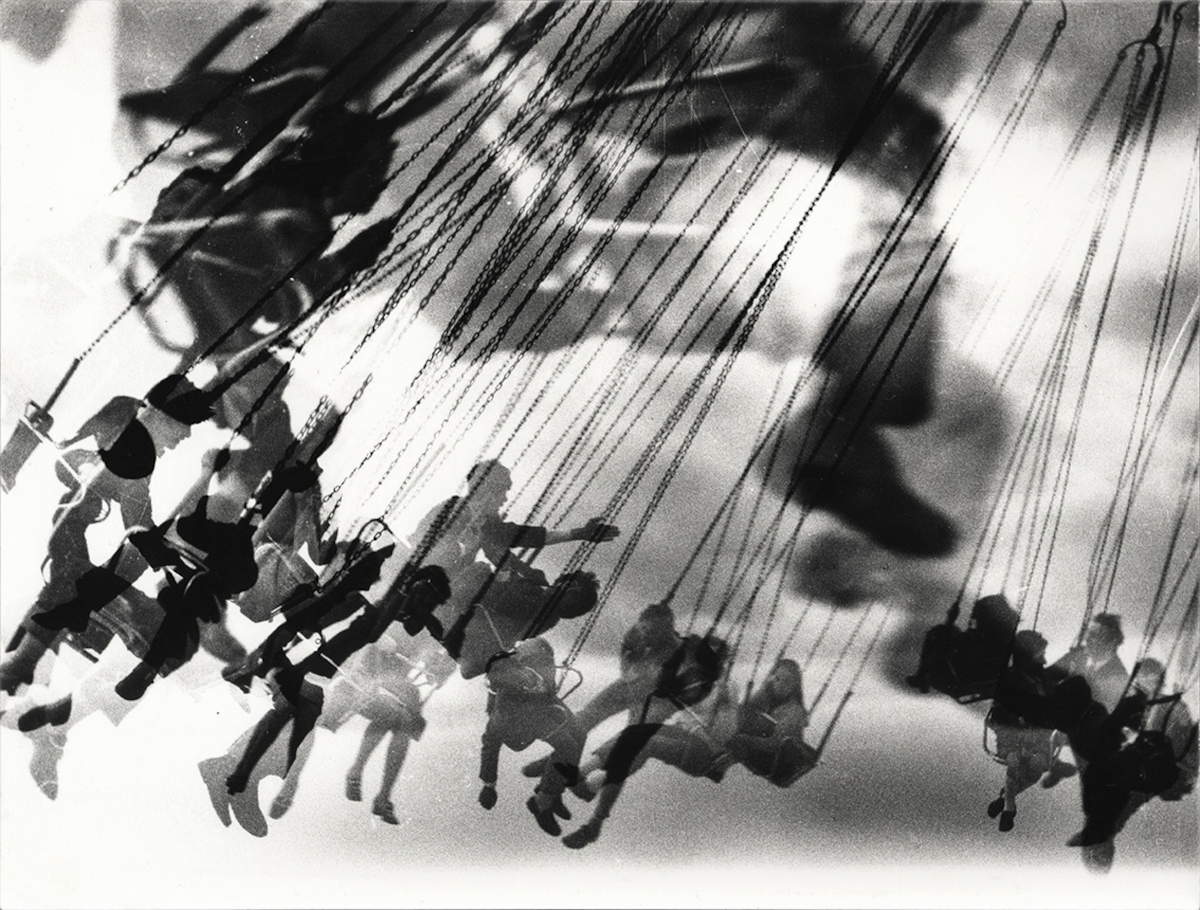
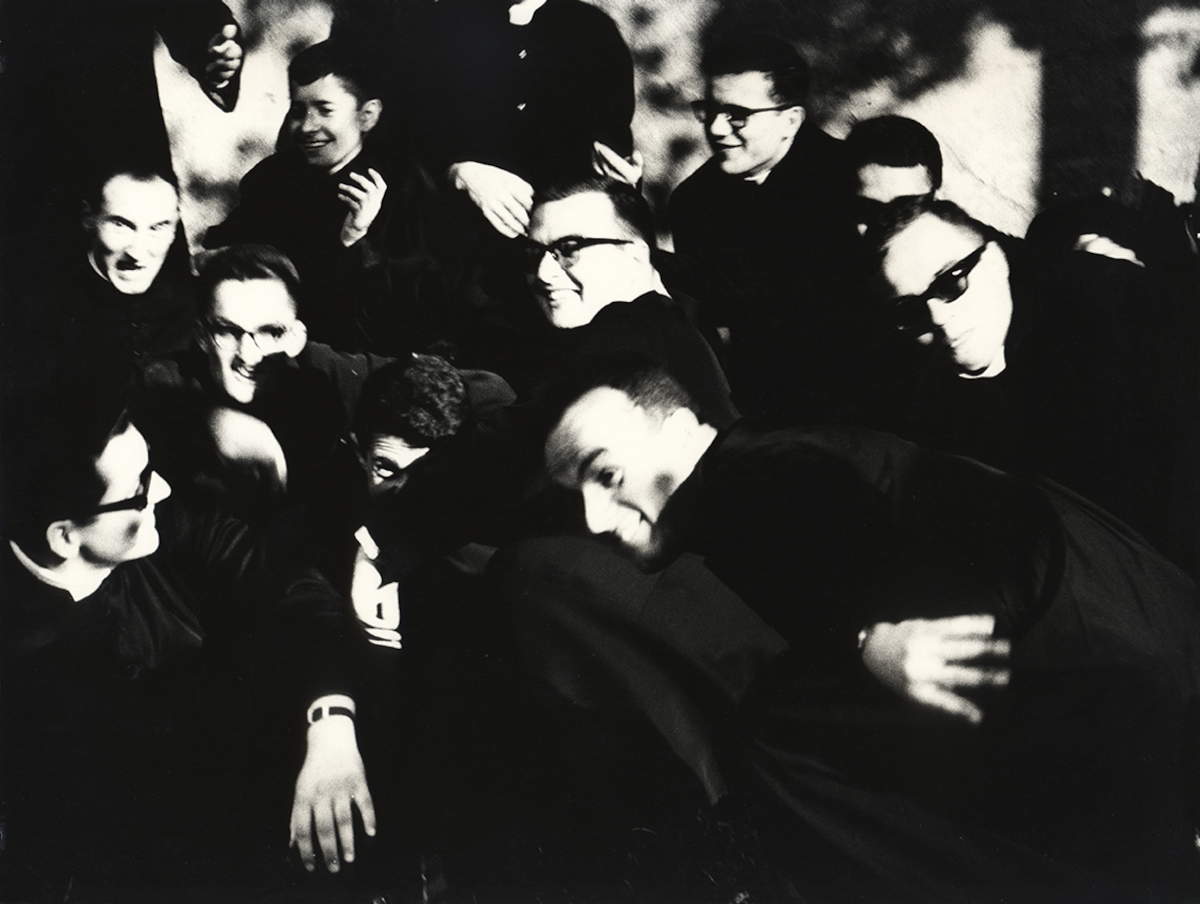
The project is part of the Milan Cortina 2026 Cultural Olympiad program, a nationwide initiative that accompanies the Olympic and Paralympic Winter Games with a multidisciplinary poster aimed at promoting the values of sport through culture, heritage and creativity. The Photographer and the Poet proposes an itinerary that explores the relationship between photography and poetry in Giacomelli’s production, emphasizing how the poetic word constituted a constant source of inspiration in his research. The artist himself called photography an alchemy, a process in which materials and techniques take on symbolic meanings, reflecting the author’s existential journey.
The exhibition opens with an introductory section in which the premises of the link between photography and poetry are outlined. The series Per poesie (made between the 1960s and 1990s) collects a wide repertoire of images that Giacomelli uses as visual matter to be transformed into composition. This is flanked by the series Favola, verso possibili significati interiori (1983-1984), in which photography is transformed into sign, into symbol, and takes on the function of visual narrative. One of the fulcrums of the exhibition is the dialogue with Giacomo Leopardi’s The Infinite. Here, the photographic series of the same name (1986-1990) and the Presa di coscienza sulla natura series (1976-1980) confront the contemplative essence of Leopardi’s verses, transfiguring light and shadow into lyrical forms suspended in time.
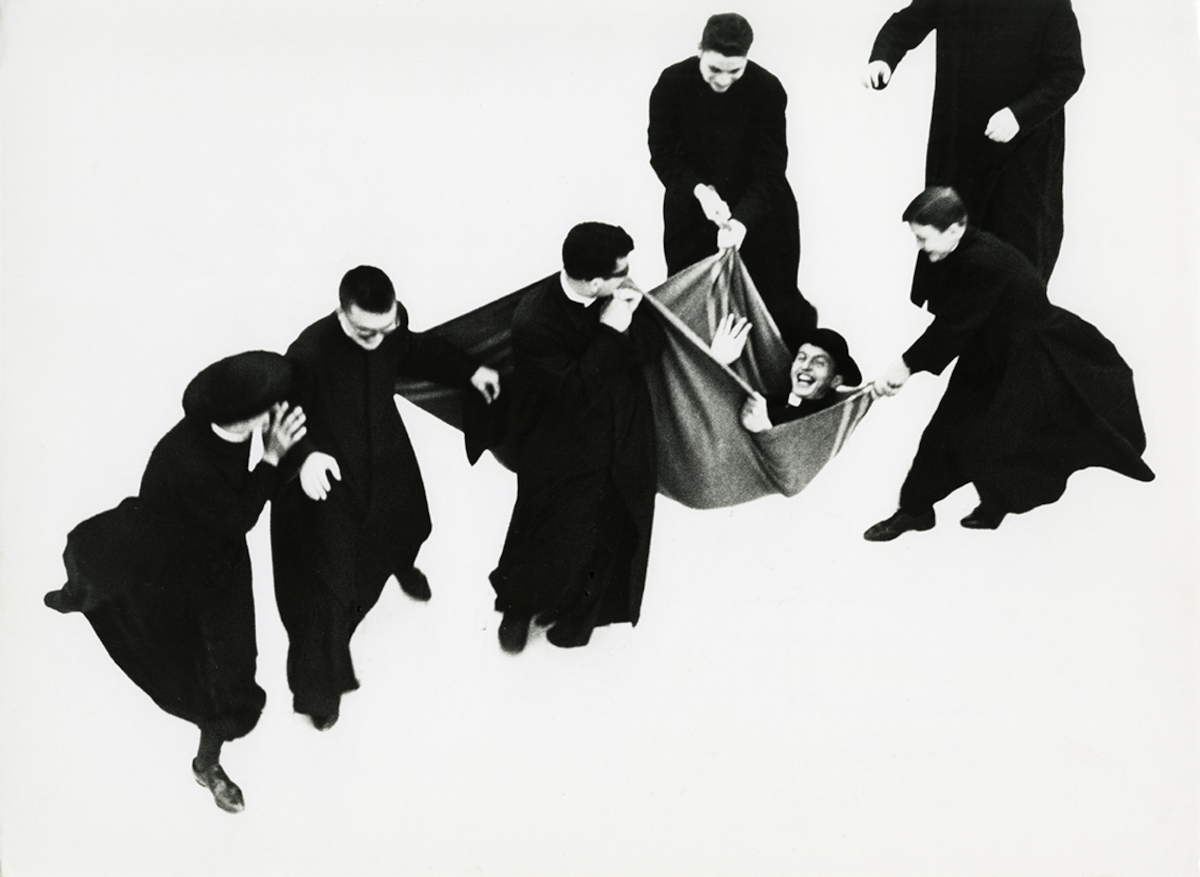
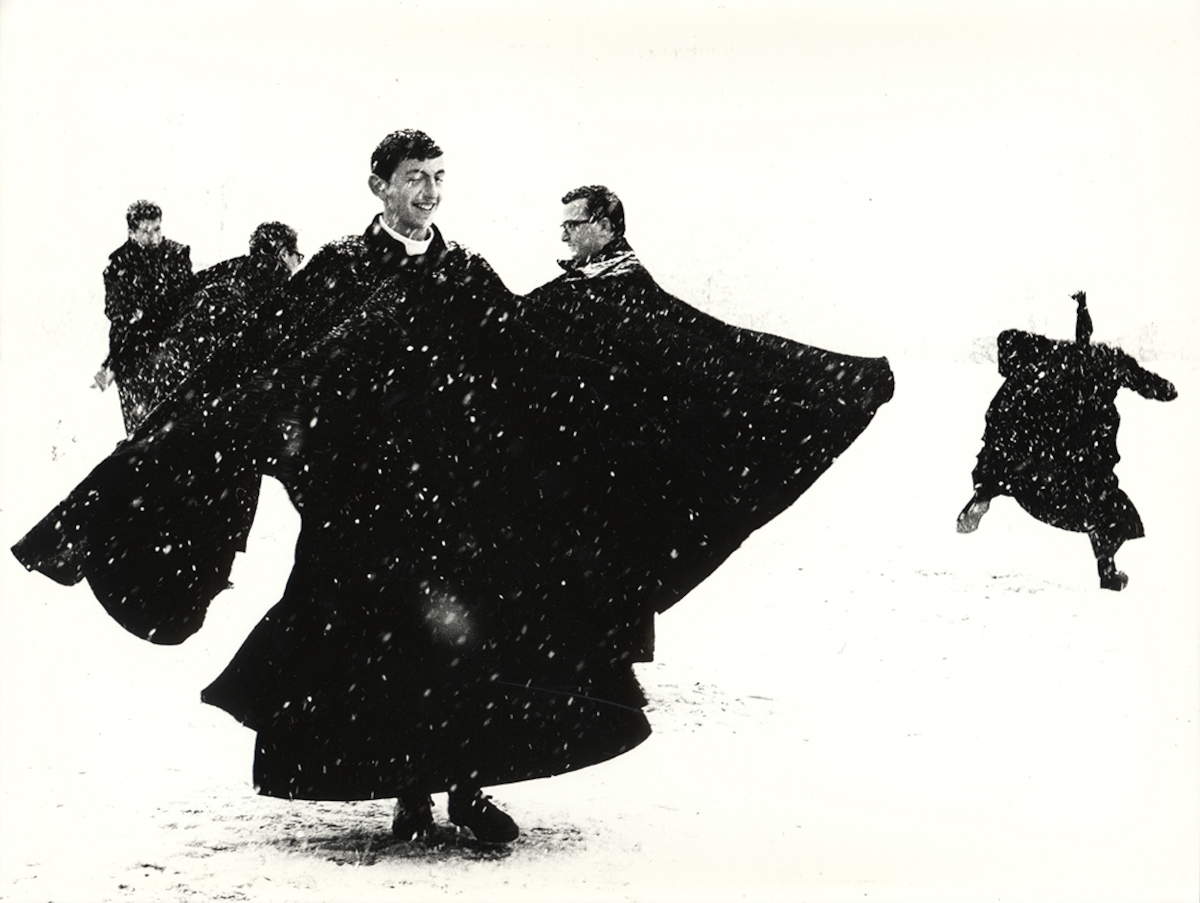
The next room is entirely devoted to the Bando series (1997-1999), inspired by Sergio Corazzini’s poem of the same name. In this nucleus, photography becomes a visual word, an accomplice to an expressiveness rooted in the fragility of existence. A central element of the exhibition is the famous series Io non ho mani che mi accarezzino il volto (1961-1963), inspired by the poetry of Father David Maria Turoldo. The images of young seminarians restore a tension suspended between the sacred and the profane, between innocence and restlessness, between expectation and movement. The title itself, taken from the religious man’s poem, becomes a symbolic manifesto of Giacomelli’s entire poetics. The exhibition continues with a section devoted to the theme of love and memory. Here are the series Passato (1986-1990), which draws inspiration from Vincenzo Cardarelli’s verses, and the one linked to Caroline Branson from Edgar Lee Masters’ Spoon River Anthology (1967-1973). Giacomelli’s images render a universe of melancholy and loneliness, a time crystallized in moments that tell of the fragility of the human condition. One of the collaborations documented in the exhibition is with Francesco Permunian. Images made by Giacomelli in dialogue with the poems Ho la testa piena, mamma (1994-1995) and Il teatro della neve (1984-1986) express a close confrontation between vision and word. In these works, the artist constructs a visual counterpoint that moves between dream and reality, making black and white vibrate as an autonomous poetic language.
The final part of the exhibition brings together two works from his maturity: Ninna nanna (1985-1987), inspired by Leonie Adams, and Felicità raggiunta, si cammina (1986-1988), born from the verses of Eugenio Montale. In these series there is a tension toward essentiality and synthesis, in which photography becomes a poetic epiphany, an echo of an intimate and universal thought. Giacomelli’s homage to the Calabria of poet Franco Costabile closes the itinerary with the series Il canto dei nuovi emigranti (1984-1985). A tale in images steeped in experience and nostalgia, which shares with Costabile’s verses a lucid and affectionate look at his homeland. The exhibition is enriched by an installation that envelops the visitor in Giacomelli’s voice and images. The reconstruction of his darkroom also allows direct contact with his creative process, offering a close look at the artist’s techniques, materials and gestures. Some exhibition showcases feature autograph poetic compositions and documentary materials that testify to Giacomelli’s intimate connection with the written word.
To mark the centenary, a full-bodied monograph produced by the Mario Giacomelli Archive and published by Silvana Editoriale is being published. The volume accompanies both exhibitions, in Milan and Rome, constituting an additional tool for in-depth study of the photographer’s work. Visitors will also benefit from a cross-promotion: those who keep the ticket for one of the two exhibitions will be able to access the other with a reduced ticket.
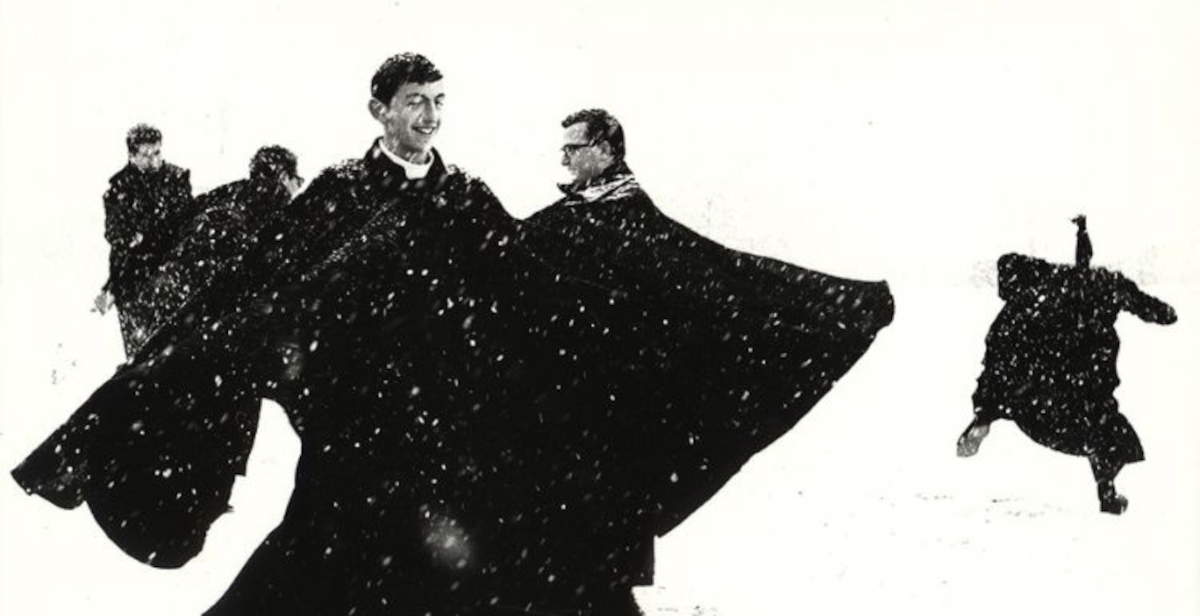 |
| Mario Giacomelli at the Royal Palace: photography as visual and inner poetry |
Warning: the translation into English of the original Italian article was created using automatic tools. We undertake to review all articles, but we do not guarantee the total absence of inaccuracies in the translation due to the program. You can find the original by clicking on the ITA button. If you find any mistake,please contact us.